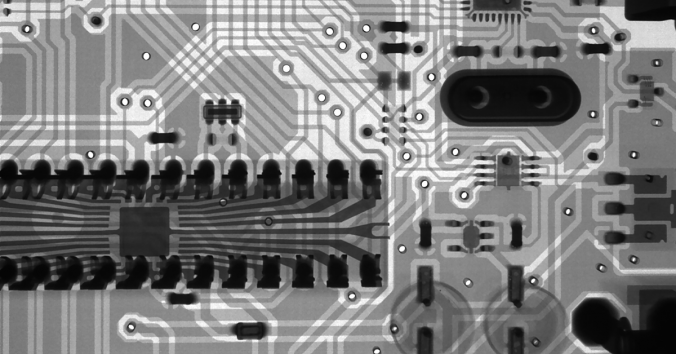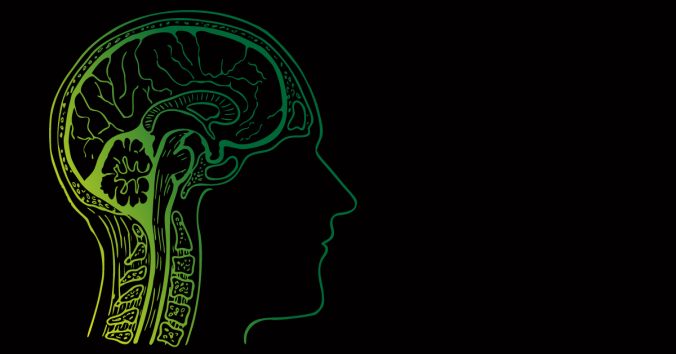Somewhat simplified, we usually understand biomarkers as substances in the body that can be detected, for example, through blood or urine tests, and that indicate a biological state, such as cancers or diabetes. Biomarkers can be used to make a diagnosis, predict disease risks and to monitor an ongoing treatment.
Nowadays, people also talk about digital biomarkers. To get an idea of what it is all about, think of the smartphone applications that can record movement patterns, heart rate and more. The new digital biomarkers are measurable physiological or behavioural data that are collected in a similar way and where the measuring equipment is usually portable or placed in the body. This data can be followed in real time to monitor the patient’s health status and recovery, without the need for the patient to make repeated hospital visits. However, the question of how these digital data can be understood as biomarkers does not seem completely clear.
Some concurrently published articles in the journal Frontiers in Psychiatry discuss the possibility of using digital biomarkers to test the safety and efficacy of new drugs in mental health. For this to work, these new ways of collecting data and monitoring changes in real time must of course also work safely and effectively. They must moreover satisfy ethical and legal demands on data protection and oversight. The articles discuss these and other challenges. In one article, for example, the question of how we should understand “bio” when we go from traditional biomarkers to digital ones is discussed. Another paper presents results from an attempt to use a digital biomarker to predict cognitive function.
In the editorial introducing the articles, Deborah Mascalzoni, among others, emphasizes that the use of digital biomarkers still lacks a satisfactory regulated context and that issues of data protection and risks of discrimination when data of this kind are collected must be addressed. You can find the editorial here: Digital biomarkers in testing the safety and efficacy of new drugs in mental health: A collaborative effort of patients, clinicians, researchers, and regulators. There you will also find a link to all articles.

Written by…
Pär Segerdahl, Associate Professor at the Centre for Research Ethics & Bioethics and editor of the Ethics Blog.
Johanna Maria Catharina Blom, Cristina Benatti, Deborah Mascalzoni, Fabio Tascedda and Luca Pani. Editorial: Digital biomarkers in testing the safety and efficacy of new drugs in mental health: A collaborative effort of patients, clinicians, researchers, and regulators. Frontiers in Psychiatry, 2023. https://doi.org/10.3389/fpsyt.2022.1107037
We recommend readings






Recent Comments